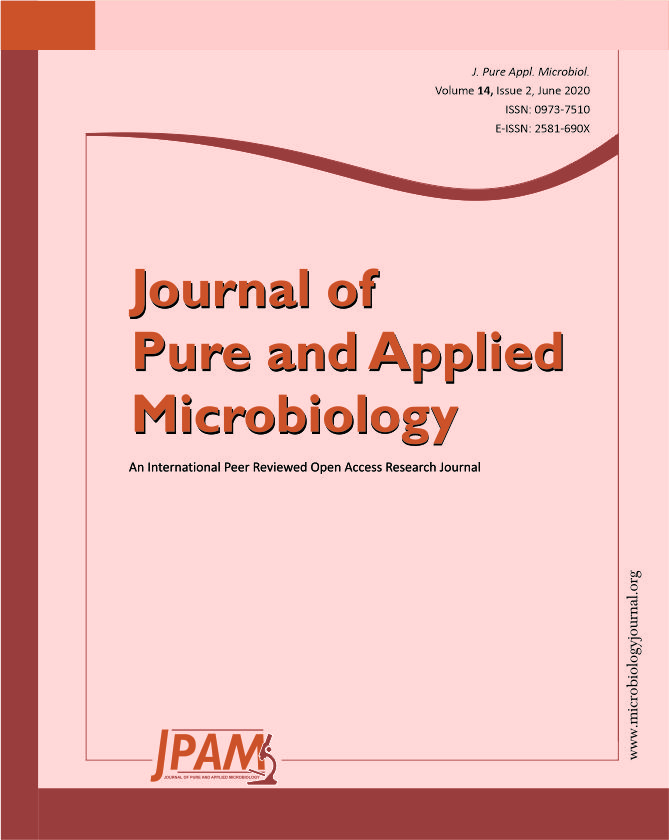The presence of the ubiquitous fungus Aspergillus flavus along with other seed borne fungi associated with rice in indoor air of farmers’ house has been a major health concern. The problem further worsens when the Aspergillus flavus strain has the ability of producing aflatoxins (a group of mycotoxin) and sclerotia (a resistive structure). Diseases and allergic reactions like asthma, rhinitis, allergic broncho pulmonary mycoses, and hypersensitivity pneumonitis may be caused to inhabitants when aflatoxins, spores, vegetative cells and fungal metabolites are inhaled. Therefore, management of this fungus in indoor air of farmers’ house is very much essential. Farmers house in Odisha particularly in coastal regions are very much susceptible to fungal infection. Due to poor financial conditions management by sophisticated methods seems difficult. Hence, in the current study, efficiency of some herbal and traditional air purifiers like camphor, dasang jhuna, hawan samagri, cow dung-urine has been evaluated for the suppression of Aspergillus flavus. These materials are known to be used in various rituals and festivals by people in rural areas. All the traditional air purifiers have been found useful to inhibit the growth and proliferation of the fungus particularly cowdung-urine mixure proved to have fungicidal effect. Based on the strong belief and practice of Indian traditions and rituals along with scientific support from the current study and knowledge from literatures, these traditional materials may be very useful for the management and suppression of toxigenic and sclerotic Aspergillus flavus consequently suppressing indoor air problems in farmers’ house.
Aspegillus flavus, aflatoxin, indoor air, traditional air purifier, cowdung urine
© The Author(s) 2020. Open Access. This article is distributed under the terms of the Creative Commons Attribution 4.0 International License which permits unrestricted use, sharing, distribution, and reproduction in any medium, provided you give appropriate credit to the original author(s) and the source, provide a link to the Creative Commons license, and indicate if changes were made.


